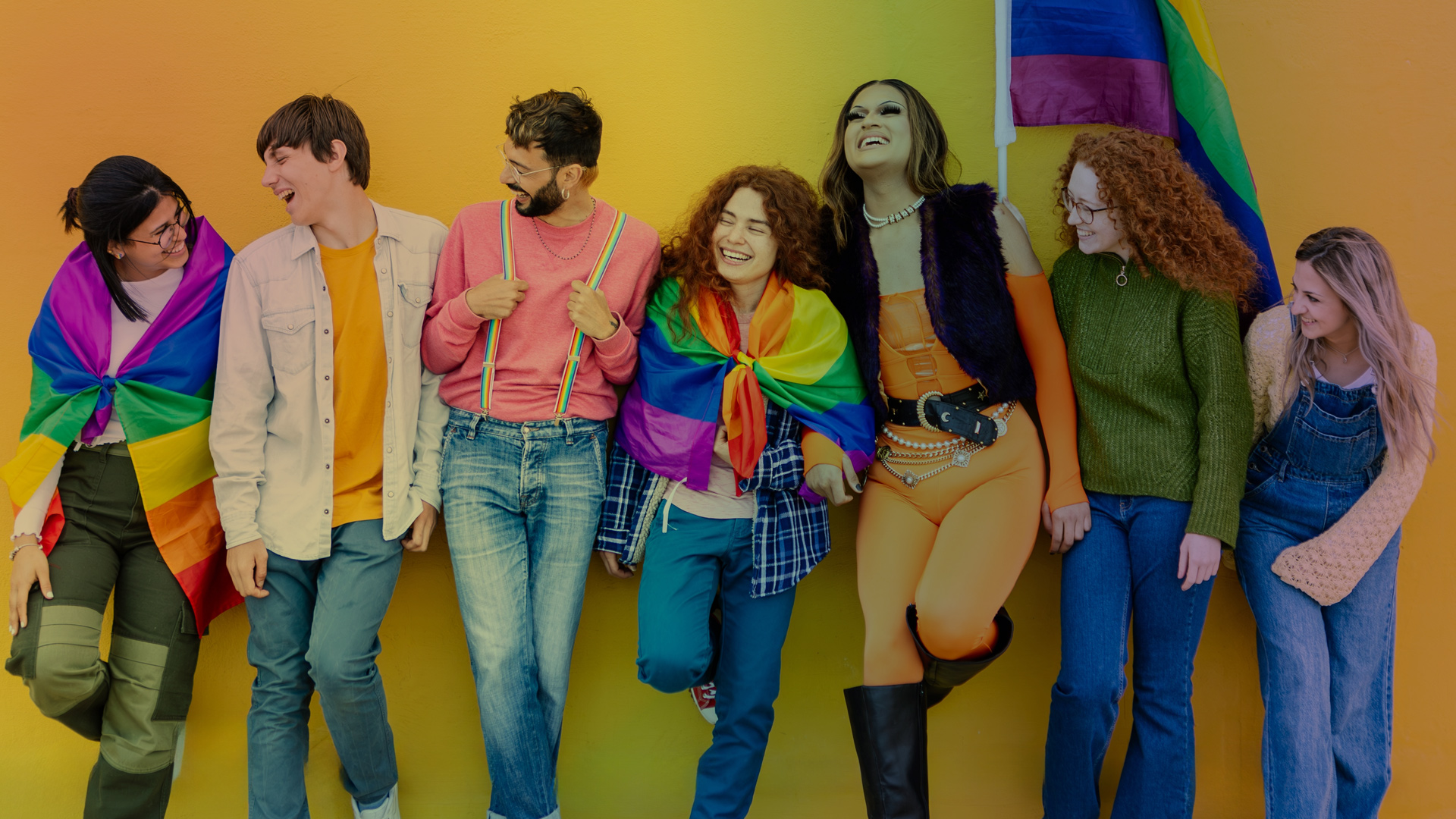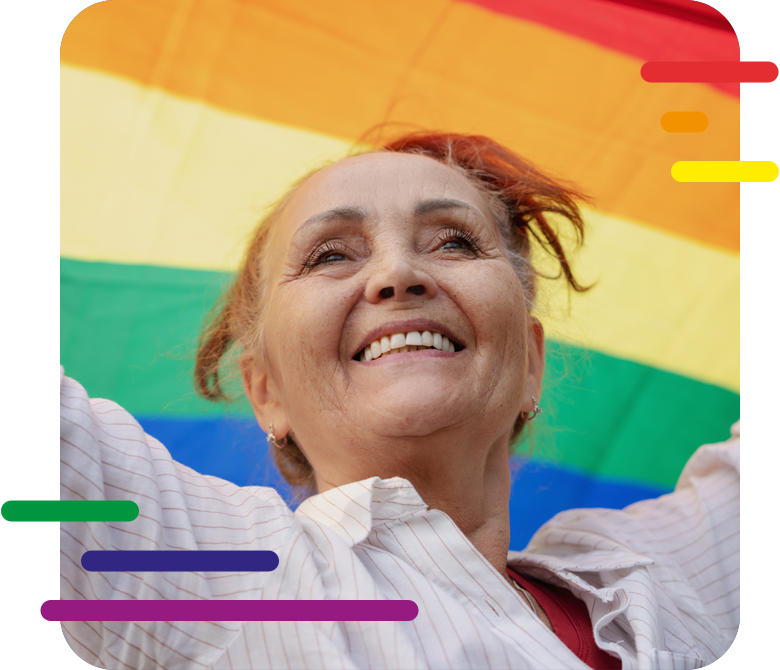
What does LGBT+ stand for?
The acronym LGBT+ primarily refers to people who are:
- homosexual (lesbian and gay; LG),
- bisexual (B),
- transgender (T).
The '+' present in the acronym symbolises additional identity groups previously — at the time the LGBT acronym was coined — not included or not named. These will include people who are:
- queer (including genderqueer; Q),
- intersex (I),
- asexual (A),
- allies (A) of non-heteronormative people.

It goes without saying that LGBT+ can be expanded at least to LGBTQIA. I write 'at least' because the acronym includes identities that have names and are the most common ones, while there are many more different gender, sexual, romantic and sex-related identities. A psychotherapist friend once joked that ‘the LGBT acronym will end up with Sesame Street’ (perhaps you remember that each episode of this children's programme was sponsored by a different letter?).
To make sure that didn't happen, they thought of adding a '+' sign to the 'LGBT' stem to 'make room' for non-LGBT identities. Although I often use the form 'LGBT+', I prefer GSRD, an acronym derived from London-based Pink Therapy, with whom I work. GSRD stands for Gender, Sex & Relationship Diversities. GSRD is an umbrella term that encompasses all LGBT+ and much more; most notably, consensual non-monogamy (including polyamory) and kink (including BDSM). However, I usually use 'LGBT+' because this acronym is recognised by most people whereas GSRD still sounds a bit foreign to many.
I have experience of providing psychological support to people who represent the vast majority of the identity groups listed above
An important point: I believe that helping LGBT+ people is a separate specialisation in psychotherapy. Firstly, it requires special training from the psychotherapist. Secondly, because of the socio-cultural stigmatisation of LGBT+ people (heteronormativity!), their difficulties are always particular for they may only concern LGBT+ people, e.g. a heterosexual person does not have to face the subject of disclosing their sexual identity. Or they may appear to be 'like everyone else', but their particular nature will be due to the existence of the heteronormativity. Example: a couple trying unsuccessfully to have a child; the fact that they are a couple of women living together, with no support from their families of origin and no social model of being a parent in a same-sex relationship, completely changes the situation...

